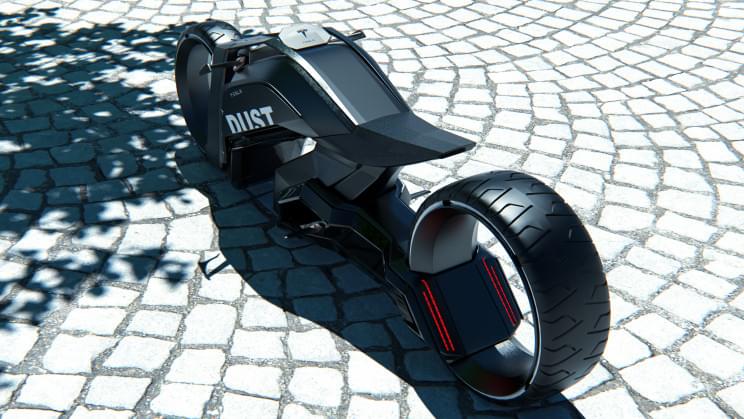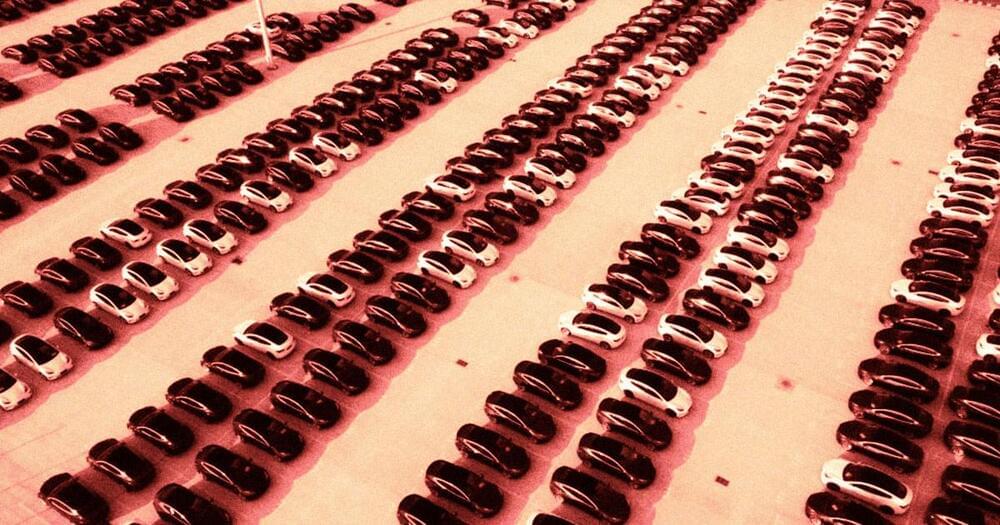Good day to you all, Hertz have certainly smelt the coffee… will the rest of the world catch up? It is a fact. Clean energy already beats dirty energy and the gaps will only increase with time. It is also a fact that we will produce more than we need, and it will be much cheaper than it is today. Just imagine what global problems could be solved with cheap, clean, abundant energy! If you want more detail then in this video I look at where we are, how mis-pricing of legacy generation is making them appear less expensive than they really are, and how incorrect projections for solar, wind and batteries are giving decision makers flawed future projections, and how clean, renewable energy could help solve some of the greatest problems we face…quickly. Have an amazing day.
Clean energy future — cheap abundant energy will solve so many problems.
It is a fact. Clean energy already beats dirty energy and the gaps will only increase with time.
It is also a fact that we will produce more than we need, and it will be much cheaper than it is today.
Just imagine what global problems could be solved with cheap, clean, abundant energy!
The end of the age of fossil fuels is here, check out this video for more detail.





